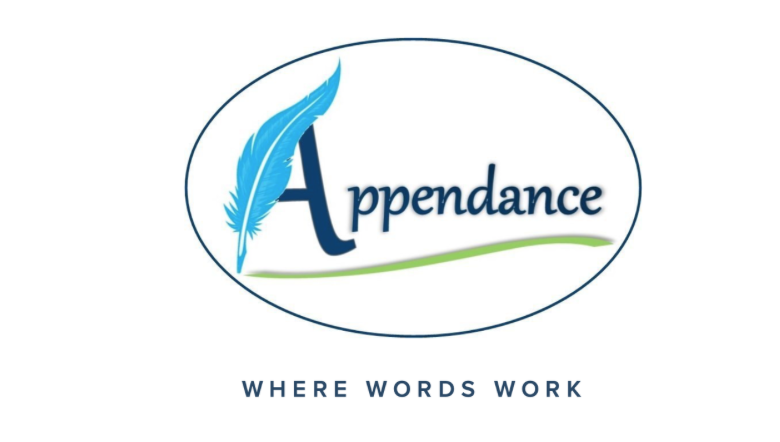Formal writing
“Formal” means having form, relying on conventions, following established etiquette. It is not a synonym of nonsense, complicated, thesaurus-like.
For some reason, whenever my students have to write “formal” documents, a good portion of them start using words they would never say out loud and sentence structures that would make Falkner bang his head against the walls. We talk about conversational language almost daily in class, that the words they write need to sound approximately like the words they would say, but a few students just can’t make that connection. They believe that what they write, especially if what they are writing is someone they want to impress, should sound so convoluted and elevated that hardly anyone can understand it.
On the one side, I can appreciate where they are coming from. Much of the “formal” writing they have been exposed to has seemed very far above their level of comprehension. The sentences have been complicated; the language obscure. Instead of figuring out how those challenging sentences function or what those words mean, they have adapted the belief that “formal” writing just shouldn’t make any sense to anyone.
Unfortunately, this false belief leads to problems, not just in my class but in their future careers. “Formal” writing is not complicated or elevated. “Formal” writing literally means using the conventions of form; so the expectation is that you understand and know how to use documents, sentences, words in order to communicate effectively on paper. I know that my students can do this, if they will just abandon the idea that formal writing should be unintelligible.
Formal writing should be clear, plain, and conversational. Read your work out loud to yourself. If it doesn’t sound like something you could possible speak aloud, then keep reworking it until it does.
